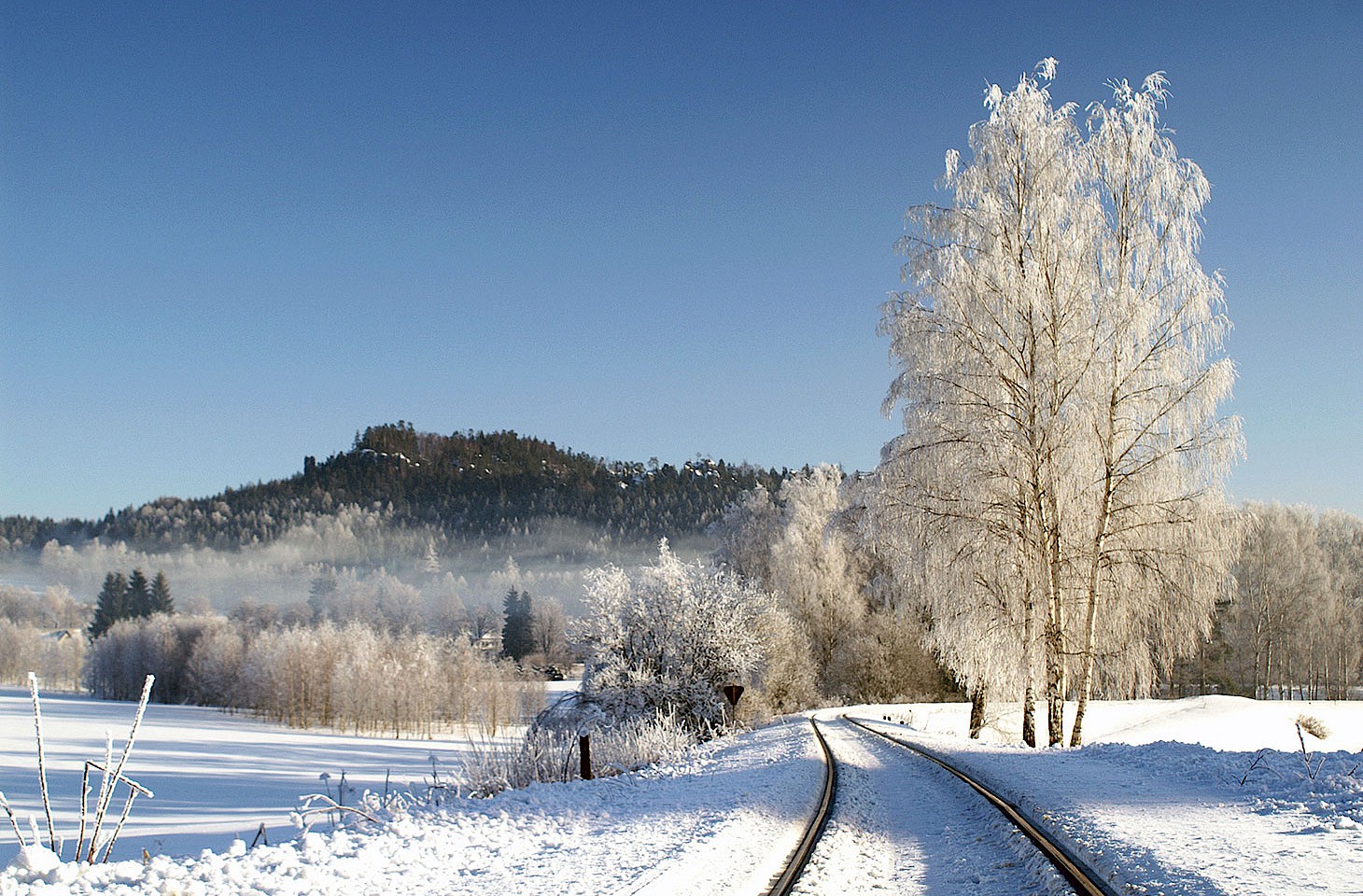Every European city has its place to which locals like to escape. Given the chance, the Viennese escape to the leafy Wienerwald, while residents of Madrid might take the cercanías train up to El Escorial for cool breezes and a dose of history. In Edinburgh, one might on a summer’s day retreat to the beach at Portobello or take the bus out to Dr Neil’s lochside gardens at Duddingston.
Another good antidote to the bustle of Edinburgh is to take the bus to Cramond. Just eight kilometres from Edinburgh city centre, this delightful waterfront village is located where the River Almond joins the Firth of Forth. Its attractions include a ruined Roman fort, a mediaeval tower house and an offshore island reached by a tidal causeway. Visitors should alight from Lothian Bus 41 at Cramond Glebe Road, where there is a sign for the village. It is worth reflecting that although Cramond has been part of Edinburgh since 1920, it has a very long history of its own. Indeed archaeologists have unearthed evidence for a Mesolithic campsite here; nomadic huntergatherers evidently made this their home as early as 8500 BC. This makes Cramond the earliest known site of human settlement in Scotland.




